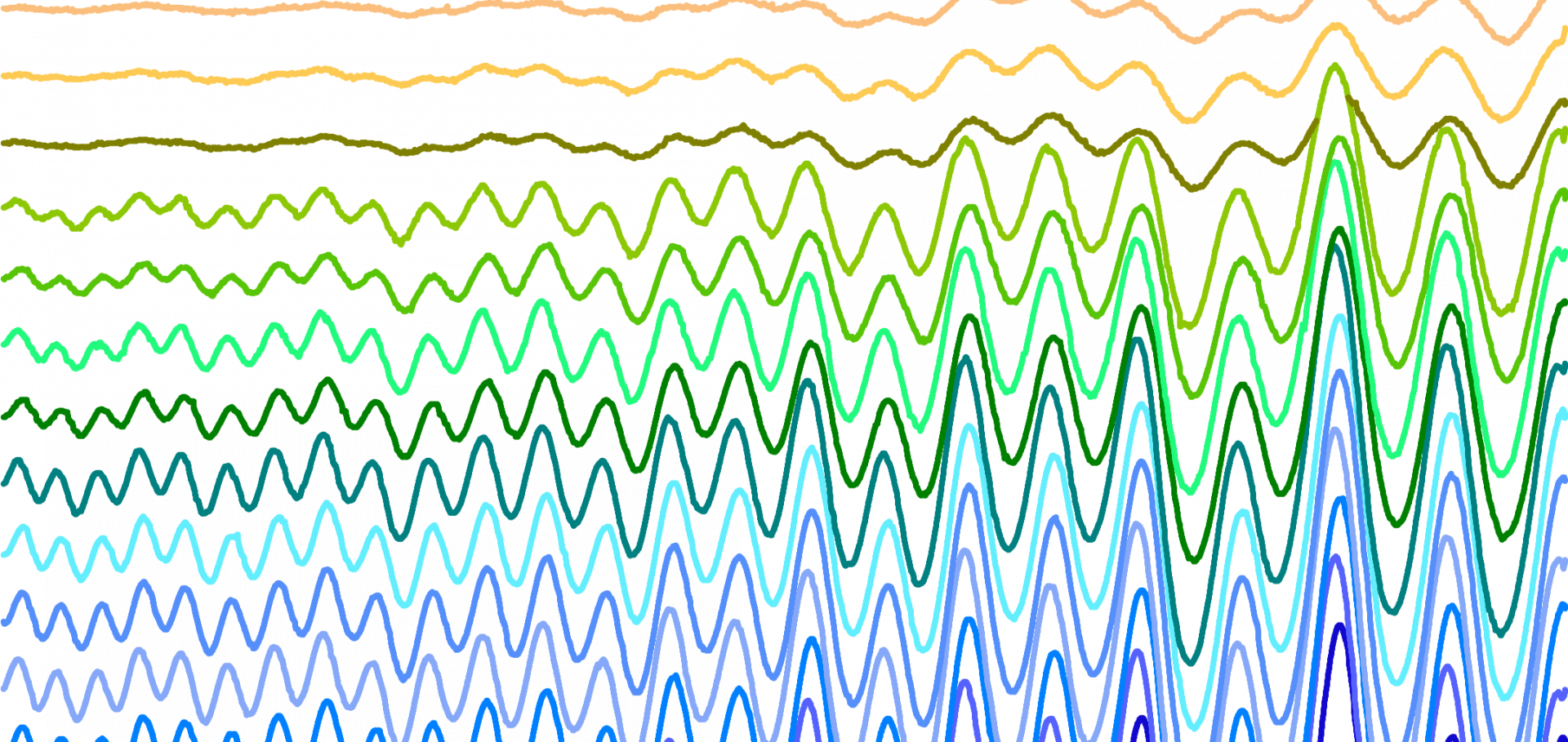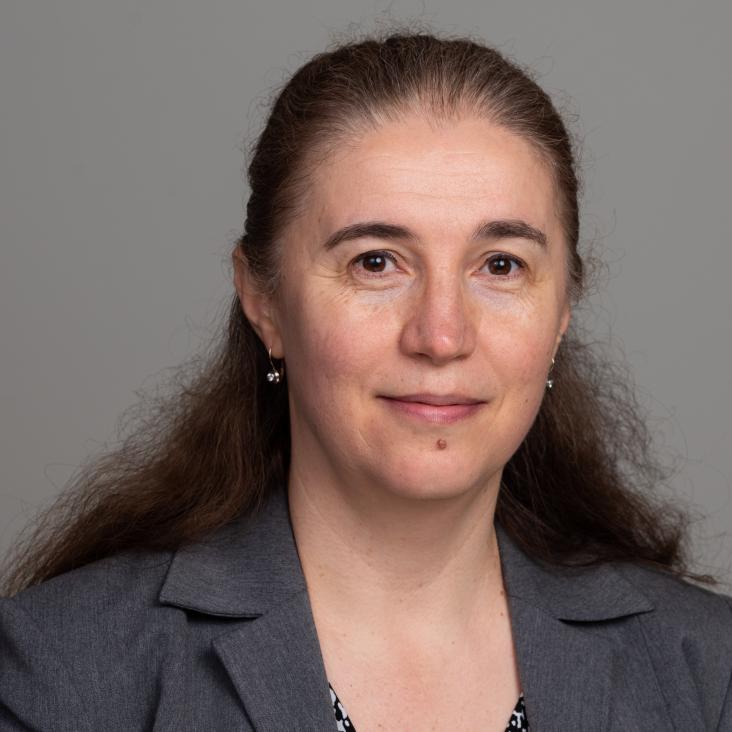Optimization of superconducting properties of the stoichiometric CaKFe4As4
Supercond. Sci. Technol. 33 (2020) 025003 IOP Publishing (2019)
An ideal Weyl semimetal induced by magnetic exchange
Physical review B: Condensed matter and materials physics American Physical Society 100 (2019) 201102(R)
Quenched nematic criticality and two superconducting domes in an iron-based superconductor under pressure
Nature Physics 16, 89–94 (2020) Nature Research (2019)
Abstract:
The nematic electronic state and its associated critical fluctuations have emerged as a potential candidate for the superconducting pairing in various unconventional superconductors. However, in most materials their coexistence with magnetically ordered phases poses a significant challenge in determining their importance. Here, by combining chemical and hydrostatic physical pressure in FeSe0.89S0.11, we access a nematic quantum phase transition isolated from any other competing magnetic phases. From quantum oscillations in high magnetic fields, we trace the evolution of the Fermi surface and electronic correlations as a function of applied pressure and detect a Lifshitz transition that separates two distinct superconducting regions. One emerges from the nematic phase with a small Fermi surface and strong electronic correlations, while the other one has a large Fermi surface and weak correlations that promotes nesting and stabilization of a magnetically ordered phase at high pressures. The absence of mass divergence at the nematic quantum phase transition suggests that the nematic fluctuations could be quenched by the strong coupling to the lattice or local strain effects. A direct consequence is the weakening of superconductivity at the nematic quantum phase transition in the absence of magnetically driven fluctuations.Suppression of superconductivity and enhanced critical field anisotropy in thin flakes of FeSe
(2019)
Anomalous high-magnetic field electronic state of the nematic superconductors FeSe$_{1-x}$S$_x$
(2019)


